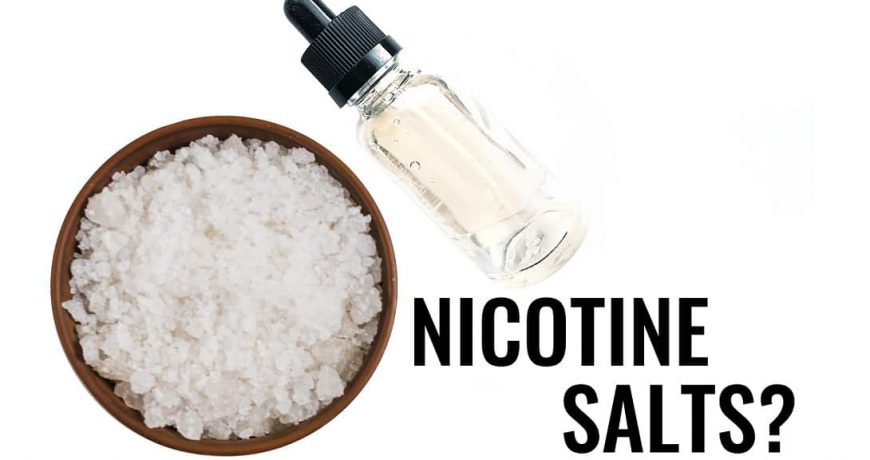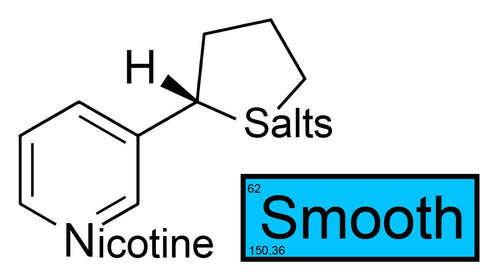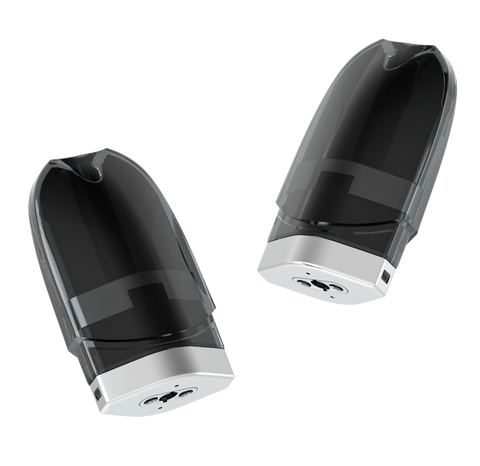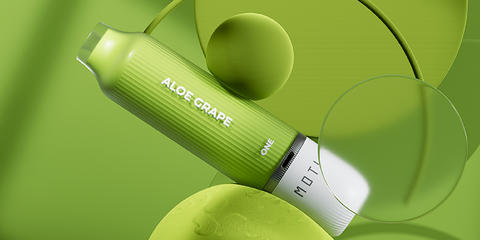
First of all, we need to be clear: whether it is nicotine salt or nicotine, the essence is nicotine. It is not only used in the tobacco industry, but also commonly found in peppers, tomatoes, and other plants, and is also used in the medical industry.

Nicotine salt is relative to free nicotine (a common e-cigarette liquid in the past). In 2015, researchers discovered that adding benzoic acid to produce acid-base neutralization allows more free nicotine bases to remain in the solvent in a stable state, and nicotine salt was born.
The biggest effect of nicotine salt is to solve the problem of nicotine transmission efficiency. After ordinary free nicotine e-liquid is atomized by electronic equipment, most of the nicotine stimulation is transformed into excessive stimulation of the throat, and the delivery effect on blood nicotine content is not ideal. It is difficult for users to obtain the same Get nicotine gratification.
The nicotine salt has stronger blood penetration, which significantly increases the nicotine level in the blood at the same time, and can more realistically simulate the satisfaction and pleasure brought by real smoke.
In addition, compared with nicotine, nicotine salt has light color and taste, which can ensure the realistic reduction of tobacco, fruit, and other flavors; it is less volatile and has a longer shelf life; the taste is smoother, and it is easier to bring pleasure; Reasons such as less nasal irritation have contributed to the birth of pod vaping products that are more inclined to mass consumption.
What are the other ingredients in e-liquid?
In addition to nicotine, the main components of common e-liquids include glycerin, propylene glycol, flavors, etc. Are these ingredients safe?
(Common pods and e-liquid)

Propylene glycol is used as a flavor-dissolving medium in e-liquid. If the glycerin is too viscous, it will not be easy to dissolve the essence, which requires the addition of propylene glycol as a dissolution medium.
Glycerin is generally purified from plant materials, and its main function is to increase the amount of smoke produced. The higher the proportion of glycerin in the e-liquid, the greater the amount of smoke produced after heating and atomizing. Cosmetics, food, chocolate, and other daily necessities generally contain glycerin, so glycerin has no adverse reactions to the human body. On the heating wire, or enter the body with the steam.
In addition to the different ratios of glycerin and propylene glycol, the ingredients that make the tastes of different e-cigarettes different are flavors. Generally, e-liquids use plant-extracted flavors or industrial synthetic flavors. Industrial synthetic flavors are produced by organic chemical reactions, which is more uncertain. Therefore, more e-cigarette companies will choose whether nicotine salt e-liquids are harmful, and we cannot generalize. Just like nicotine salt can bring pleasure, moderate intake can relieve emotional tension, but drinking too much water may also cause water intoxication.
What hurts is the blind pursuit of pleasure, which brings about psychological and physical overreliance, not the substance itself, which is what we often call "addiction".
From big smoke to smell smoke, from oil filling to bomb replacement, it is the result of technological progress and user iteration. The development of nicotine salt technology has improved the taste and experience of pod vapes. It is believed that with the advancement of technology and the intervention of national supervision, pod vape products will become the consumption choice of the new generation of smokers.



